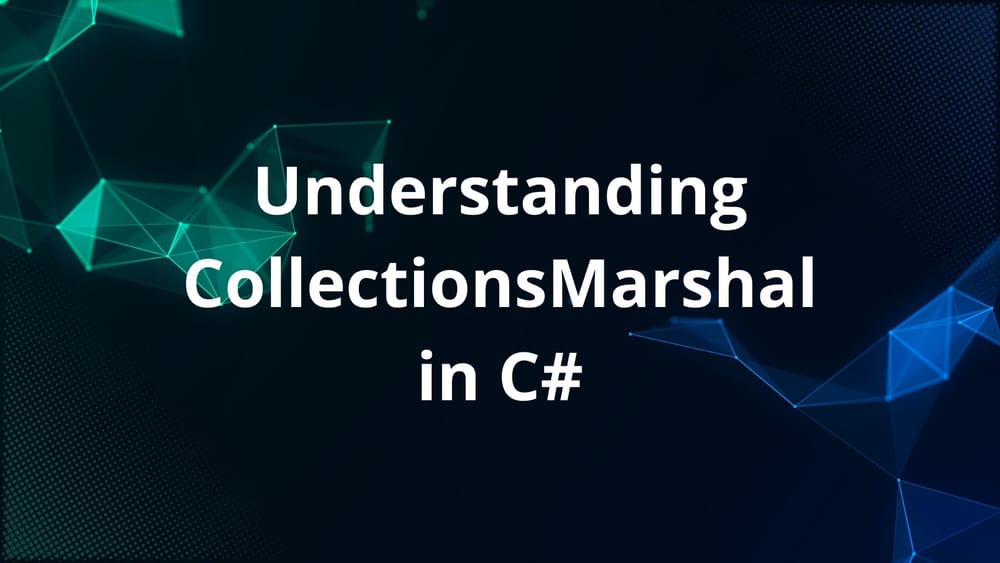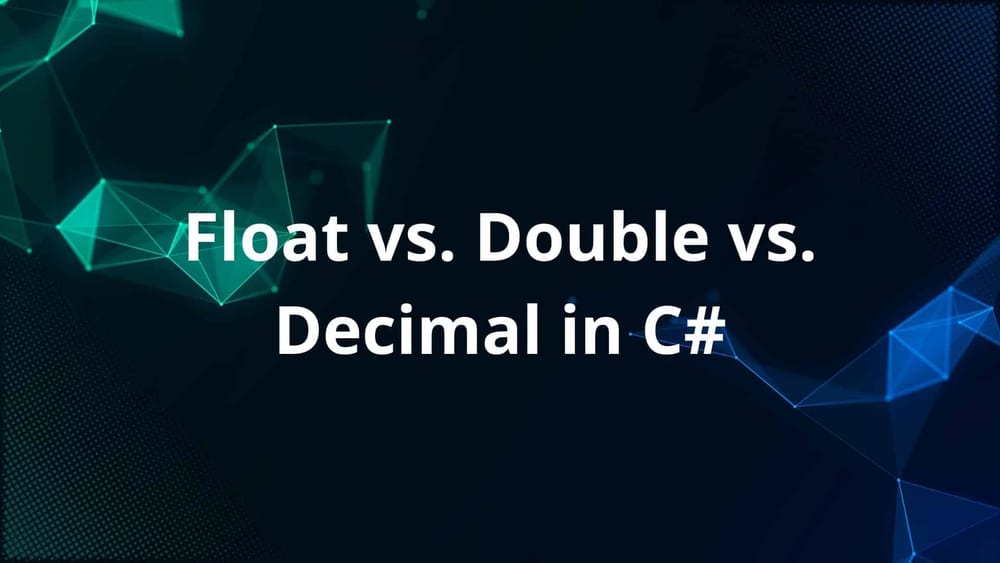C# has continually evolved to improve developer productivity and code readability over the past few years. The Index from End operator (^), introduced in C# 8 to provide a more intuitive way to access elements from the end of a collection.
This makes it easier to work with arrays, lists, and other countable types. In this blog post, we will learn how the Index from End operator works, its syntax, and some practical examples to understand its usage.
What is the Index From End Operator?
The Index from End operator (^) allows you to provide an index relative to the end of a sequence. This is similar to Python's negative indexes. This is especially useful if you want to access elements in the reverse order or based on an index based on the end of a sequence.
How It Works
For a sequence of length length, using ^n points to the element at the position length - n from the start of the sequence.
Here are some key points to remember:
^1refers to the last element.^2refers to the second-to-last element.^lengthrefers to the first element.
This operator can be used with any countable type. A countable is any type in C# that has an integer Length or Count getter property in it.
Basic Examples
Let’s look at some examples to see how the Index From End operator can be used in the code.
Example 1: Accessing Elements in an Array
int[] numbers = [0, 10, 20, 30, 40];
int lastItem = numbers[^1]; // Accessing the last element
Console.WriteLine(lastItem); // Output: 40
In this example, xs[^1] retrieves the last element of the array, which is 40.
^1 refers to the last element.Example 2: Accessing Elements in a List
List<string> lines =["one", "two", "three", "four"];
string secondLast = lines[^2]; // Accessing the second-to-last element
Console.WriteLine(secondLast); // Output: three
Here, lines[^2] gives us the second-to-last element, which is "three".
^2 refers to the second-to-last element.Example 3: Using with Strings
The Index from End operator can also be applied to strings, which are treated as arrays of characters.
string word = "Twenty";
Index firstIndex = ^word.Length; // Getting the index for the first character
char first = word[firstIndex]; // Accessing the first character
Console.WriteLine(first); // Output: T^length refers to the first element.In this case, ^word.Length effectively points to the first character of the string, which is T.
Combining with the Range Operator
The Index From End operator can also be combined with the range operator (..) to access elements from a range of indices. This enables developers to do more complex and precise data manipulations.
Example 4: Using the Range Operator
int[] numbers = [1, 2, 3, 4, 5, 6, 7, 8, 9, 10];
var lastThree = numbers[^3..]; // Getting the last three elements
Console.WriteLine(string.Join(", ", lastThree)); // Output: 8, 9, 10In this example, numbers[^3..] creates a range that includes the last three elements of the array.
Using the Index from End Operator in Object Initializers
Starting with C# 13, the Index from End operator can also be used in object initializers, giving even more flexibility in how objects are constructed.
Example 5: Object Initializer with Index from End
string[] hobbies = ["Running", "Reading", "Cooking"];
var person = new Person
{
Name = "Alice",
Age = 30,
LastHobby = hobbies[^1] // Assuming hobbies is a list of hobbies
};
Console.WriteLine(person.LastHobby);
// public record Person(string Name, int Age, string LastHobby);
public class Person
{
public string Name { get; set; }
public int Age { get; set; }
public string LastHobby { get; set; }
}
In this example, we can directly assign the last hobby from a list to the LastHobby property of a Person object using the ^ operator.
Conclusion
The Index from End operator (^) in C# is a powerful feature that makes it easy to access elements from the end of a sequence. Whether you are working with arrays, lists, or strings, this operator can dramatically reduce the complexity of your code.
As you continue to learn and explore C#, consider using the Index from End operator in your projects to take advantage of its benefits. Happy coding!



